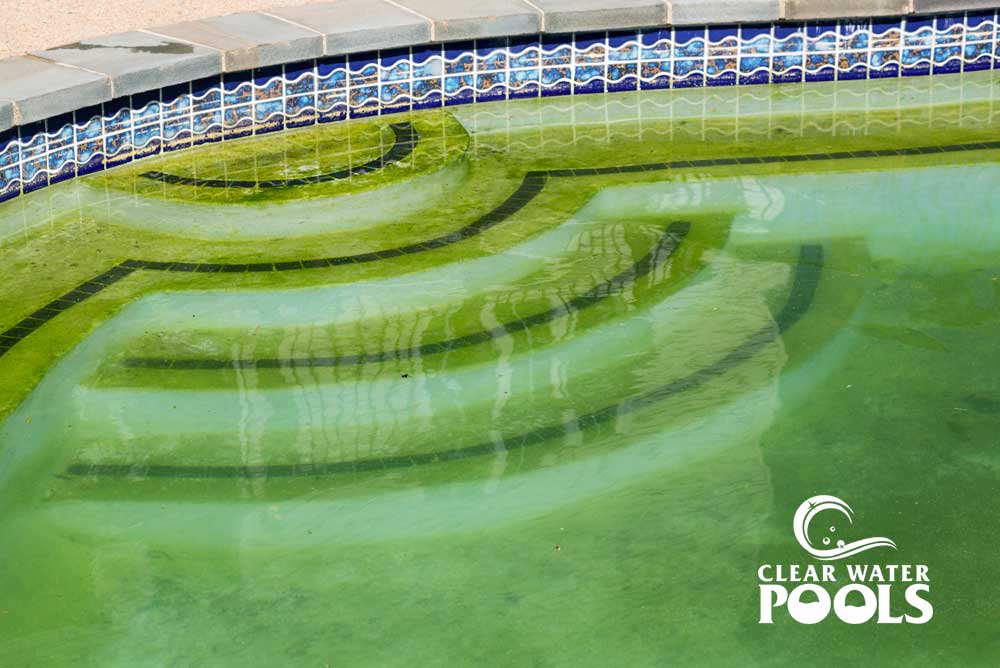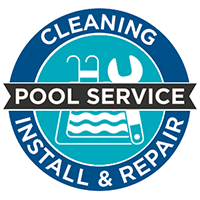How to Get Rid of Algae In Your Pool

Reading about how to get rid of algae in your pool is easier than actually doing it and prevent future spread. However, it’s not all bad news because most homeowners fail to understand pool algae before sanitizing their swimming pools. Having inadequate information regarding algae in your pool will make it difficult to get rid of them completely. Apart from showing you how to get rid of algae in your pool, here are other ways to prevent it from reproducing in your pool.
Types of pool algae.
The exact shade of the water in your pool might not be so apparent because of its cloudy appearance making it challenging to identify which type of algae has invaded your pool. Knowing the kind assists you in determining how to get rid of algae in your pool.
Green algae are common and easy to kill invaders of swimming pools that might be introduced by swimwear and derives its distinct color from chlorophyll. Green algae might be in different shades of green, such as yellow-green, dark-green, and blue-green. Green algae usually grow on the edges of the pool and tend to reproduce more in areas that receive a high level of shading. Failure to follow standard maintenance routines such as sanitization and filtration promotes the growth of green algae in the pool due to low pH levels.
If your corners in your pool appear brown with an appearance of sand and pollen in the shady corner is an indication of yellow algae in the pool. Yellow or mustard pool algae is not slimy like the green algae making it highly resistant to chlorine. Mustard algae infect even highly maintained pools despite the proper water filters, water balance, and high cleanliness levels. It survives in warm temperatures and pool water with low concentrations of chlorine.
Black algae are not algae but a bacterium that grows between the tiles of the pool. Since algae live on the tight spaces between tiles or concrete surfaces, it is hard to eradicate. If you use a less aggressive treatment means for black algae, it can grow back quickly and easily. Black algae sometimes produces a pink slime is a bacterium, also called pink algae, that invades swimming pools, especially polyvinyl chloride pipes (PVC).
What causes the growth of pool algae?
High maintenance of your pool per the standards minimizes the likelihood of an algae bloom. Most experts state that low chlorine and the extremes of pH promote the growth of algae in the pool. A stabilizer, also called cyanuric acid, is a buffer added to pool water to reduce Ultra Violet released by the sun from degrading chlorine. Pools that use salty water might experience a pool algae bloom due to nonfunctional salt chlorinator system, low salt levels, and low concentrations of cyanuric acid.
Use chlorine to kill pool algae.
Shocking a pool refers to the use of high chlorine concentrations to kill any existing algae in the pool to bring it back to sanitary conditions. You should wear protective equipment such as gloves and glasses to avoid accidental poisoning while cleaning your swimming pool. The process can take between one to seven days, depending on the condition of the swimming pool. Chlorine used for regular cleaning is different from the one used in shock treatment.
Wash the floor and walls of the pool.
It would help if you vigorously brushed the floor and walls of the swimming pool to get rid of algae. Scrubbing the pool reduces the contaminants that might otherwise prolong the amount of time chlorine would take to kill the algae in the pool. Concentrate on the steps, crannies, behind the ladders, and other areas algae proliferate. The brush must be compatible with the swimming pool, such as nylon for vinyl pools and steel brushes for concrete.
Adjust the pool’s pH.
Take the pH readings of your pool to measure your water’s acidity or alkalinity via a pH test kit. The presence of pool algae raises the pH of your water to above 7.6, which can be reduced by alkalinity reducers like sodium bisulfate. The best pH range for the maximum effectiveness of chlorine to minimize pool algae growth is 7.2 to 7.6. The pH reducer should have total alkalinity below 120 and above 80 parts per million (ppm).
Shocking the pool.
Shocking chlorine is a liquid product that contains chlorine and calcium hypochlorite, lithium hypochlorite, or sodium hypochlorite. If your pool uses mineral water, do not use a product that contains calcium hypochlorite. You should know that hypochlorite is highly explosive and flammable. Furthermore, avoid using large quantities of tablets or granular chlorine products that contain a stabilizer for shocking your pool.
Shocking should preferably be done at night to avoid chlorine degradation caused by UV radiations released by the sun. You should add twice the chlorine dose for green algae, thrice for yellow-green, and dark green algae, and four times for black algae. Apply the shock on the walls of the pool when the filter is running. Pools with a vinyl liner should have the shock product poured inside a bucket full of water before its administration to the entire swimming pool.
Retest the pool a day after shocking the pool.
You should test the pool’s pH and chlorine levels at least 12 hours after shocking the pool. Dead algae in the swimming pool that turns gray or white might settle or be suspended on the water. Monitor the levels of chlorine and pH concentrations to determine if the pool needs another shock treatment. You can continue to brush and shock the pool for a few days until the chlorine kills all algae.
The acceptable test ranges for pool water include pH 7.2 to 7.6 ppm, free chlorine between 2 and 4 ppm, calcium hardness between 200 and 400 ppm, and alkalinity between 80 and 120 ppm.
Clean the filter and the pool.
It would be best if you vacuumed the dead algae or use the filter pump for several days to ensure the water becomes clear. Flocculants or coagulants can help clean dead algae making it easier and faster to vacuum the pool. You can clean diatomaceous earth filters through setting it back to backwash. If you have a cartridge filter, you should remove the cartridge and rinse it with water at high pressure, use liquid chlorine or dilute muriatic acid for a thorough wash to remove dead algae.
Preventive measures.
You should test the pool regularly for the alkalines, pH, free chlorine concentration, and the buffer level to prevent the growth of poll algae. Additionally, you can use algaecides in small doses to kill algae before they populate your pool. Furthermore, you can add phosphate remover to reduce the concentration of phosphate in pool water because algae require the mineral for their survival. The acceptable phosphate levels are about 300 ppm, and shocking should be done once the potassium concentration has been lowered. Follow pool maintenance tips to keep you pool in top shape and clean or contact Clear Water Pools for more information on our weekly pool cleaning service.




